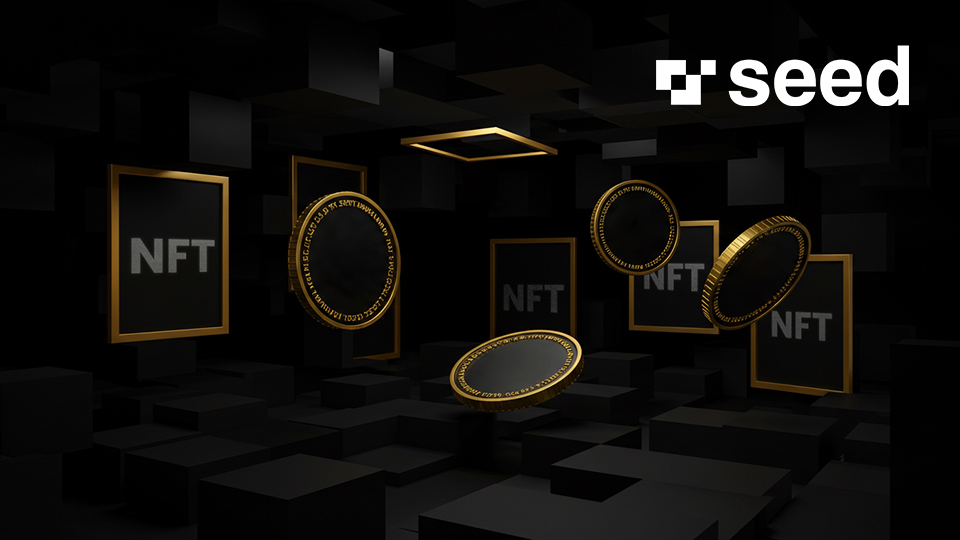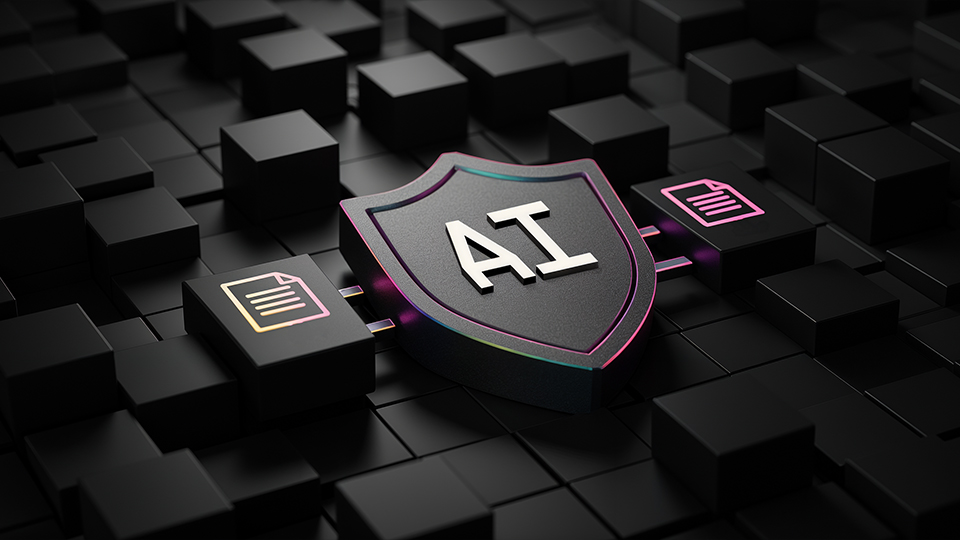Understanding the Sustainable Web3 Economy
The digital world is evolving with the rise of Web3, a decentralized version of the internet powered by blockchain technology. At the heart of this transformation are NFTs and crypto tokens, which enable digital ownership, financial transactions, and new economic opportunities. However, the rapid expansion of Web3 has also raised concerns about its environmental impact and long-term viability.
A sustainable Web3 economy focuses on creating a digital space that balances technological innovation with environmental responsibility, economic fairness, and long-term growth. As more industries adopt blockchain technology, the key challenge is ensuring that it remains sustainable—both ecologically and financially—while maintaining the benefits of decentralization.
The Role of NFTs in a Sustainable Web3 Economy
NFTs have revolutionized digital ownership, allowing artists, musicians, and content creators to sell unique digital assets directly to buyers. However, early NFT transactions were often criticized for their environmental impact due to the energy-intensive nature of proof-of-work (PoW) blockchain networks, such as Ethereum before its transition to proof-of-stake (PoS).
Today, many blockchain networks are shifting towards more energy-efficient models that significantly reduce carbon emissions. PoS networks, such as Ethereum 2.0, Solana, and Tezos, have dramatically cut energy consumption compared to PoW. Some NFT projects are also integrating carbon offset initiatives and sustainable development programs to minimize their environmental impact.
Beyond energy efficiency, NFTs are also driving sustainability in economic and creative industries by empowering artists and small businesses. Unlike traditional marketplaces where intermediaries take large commissions, NFTs allow direct transactions, ensuring that creators receive fair compensation for their work. This decentralized approach creates a more inclusive and economically sustainable system.
Crypto Tokens and Their Contribution to Sustainability
Crypto tokens go beyond just NFTs—they serve as the foundation of decentralized finance (DeFi), governance systems, and new economic models in Web3. However, sustainability in the crypto space is not just about reducing energy consumption; it also involves building long-term economic resilience and ensuring fair access to digital financial tools.
Several blockchain projects are working toward a greener financial ecosystem by implementing sustainable tokenomics—economic models that promote long-term stability instead of short-term speculation. Some key strategies include:
- Using Energy-Efficient Consensus Mechanisms – Cryptocurrencies like Algorand and Cardano utilize PoS models, which consume significantly less energy than Bitcoin’s PoW system.
- Supporting Renewable Energy Projects – Some crypto tokens are designed to fund and incentivize renewable energy initiatives, creating a positive environmental impact.
- Promoting Decentralized Finance (DeFi) for Financial Inclusion – By providing financial services without traditional banks, DeFi platforms enable access to banking for underserved communities, contributing to economic sustainability.
Challenges and the Path to a More Sustainable Web3
While progress is being made, there are still challenges to achieving a fully sustainable Web3 economy. The biggest obstacles include:
1. Scalability and Energy Use – While PoS has reduced energy consumption, further optimizations in blockchain infrastructure are needed to handle large-scale adoption efficiently.
2. Regulatory Uncertainty – Governments are still defining their approach to NFTs and crypto, which could impact their growth and sustainability.
3. Market Volatility – The crypto space is known for its price fluctuations, and long-term economic sustainability requires more stability and adoption by mainstream institutions.
Despite these challenges, Web3 projects are actively working toward sustainability by adopting greener technologies, ethical financial models, and fairer economic practices.
A Sustainable Future for Web3
A sustainable Web3 economy is not just a vision—it’s an achievable goal if developers, investors, and users prioritize responsible innovation. By adopting energy-efficient blockchain solutions, supporting eco-friendly NFT projects, and promoting fair economic practices, the Web3 space can evolve into a more inclusive and sustainable digital world.
As technology continues to advance, the focus should remain on creating a decentralized future that benefits both people and the planet. With conscious efforts and continuous improvements, NFTs and crypto tokens can play a crucial role in shaping a Web3 economy that is both innovative and sustainable.





